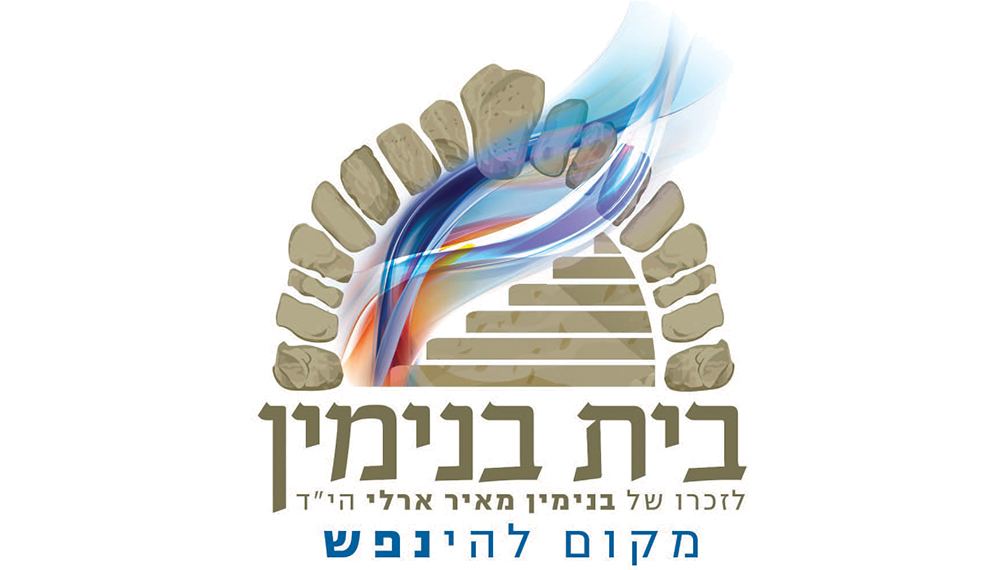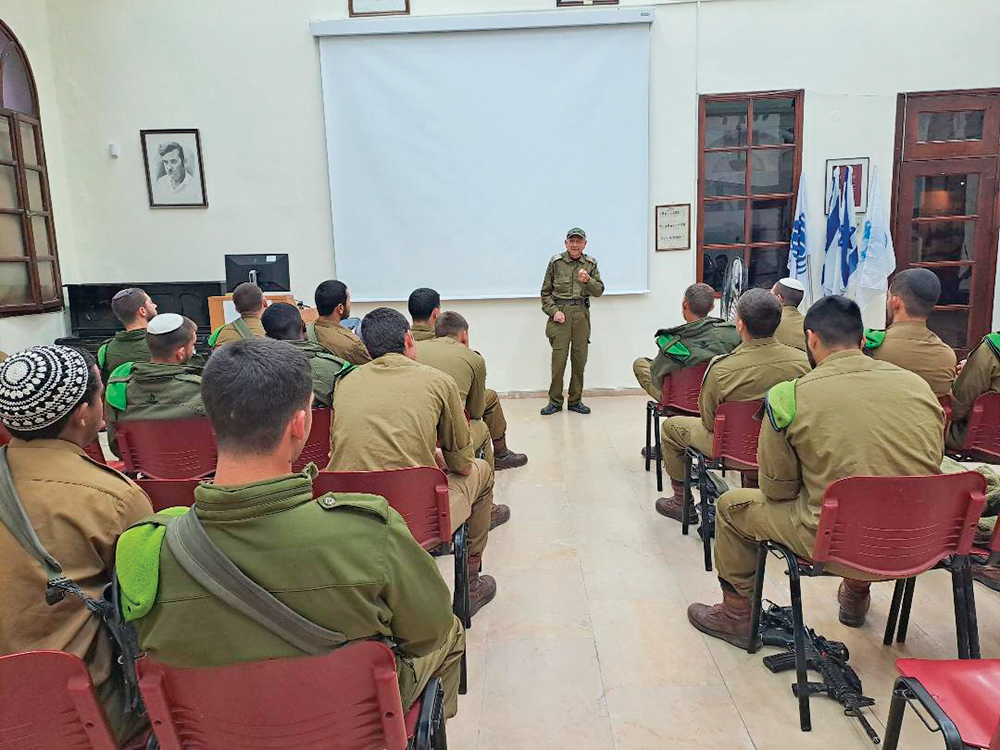
Parshat Bamidbar
Sefer Hoshea from which this week’s haftarah is taken is the first book of Trei Asar, the collection of 12 “minor” (read: smaller) prophetic books that close the nevi’im section of the Tanach. In the first perek of the book, that chapter that precedes our selection this week, we read of the strange charge that Hashem gives to Hoshea, to marry a wayward woman and beget children with her. The symbolism is explained by God Himself, Who tells the navi that the seemingly outlandish command is to teach the people how they themselves have become a wayward nation, straying from Hashem and His mitzvot.
The symbolism is especially powerful when considering that the prophets have often spoken of the relationship between God and Israel as one of a loving husband and partner. Consider: Shlomo HaMelech wrote Shir HaShirim, an allegory describing the love relationship of Hashem with Am Yisrael; Yirmiyahu HaNavi quotes God’s words of how He recalls “ahavat k’lulotayich,” Israel’s love during their “betrothal” period, and over the ages Chazal compared the revelation at Har Sinai—which we mark tomorrow—to a marriage ceremony between Hashem and Israel. And yet, in the very first chapter of his book Hoshea seems to proclaim that the love relationship is over; that the bride and groom are separating. He tells His prophet to name his newborn son “lo ami,” “not My nation,” seemingly rejecting His choice of Israel and turning His back on His wayward partner.
Painful words, indeed.
With this background we can now turn to our haftarah that begins immediately following this vision. “V’haya mispar bnei Yisrael k’chol hayam…Yet the number of bnei Yisrael will be like the sand of the sea,” the opening words of our prophetic reading reassures us that God’s rejection of Israel would not be a permanent one. The chapter goes on to describe the glorious future that awaits our people, a future that will come after they suffer divine punishment and after they recognize their wayward ways. It will be a future when they no longer will be considered “lo ami,” i.e., not God’s nation, but will rather be called the children of the living God.
The simple connection between the haftarah and the parsha lay in the opening words, which speak about the number of bnei Yisrael, connecting to the opening command in the parsha to count the number of bnei Yisrael. But the impact of its message hits us most meaningfully, not as prophetic words for the future but as a recollection of our past, our history. We certainly remember the suffering of our past; we must also recognize the glory of our present. Over these past few years Israel has proudly taken great strides in our military readiness, our intelligence coups, our cultural awards and our political gains. And together with that pride we must realize that these accomplishments are all part of Hoshea’s vision and all part of God’s promise.
We live in heady times but we must never be blinded to believe that these are our accomplishments alone. Hashem wrote the blueprint for us. All we need do is follow it.
By Rabbi Neil N. Winkler
Rabbi Neil Winkler is the rabbi emeritus of the Young Israel Fort Lee and now lives in Israel.











